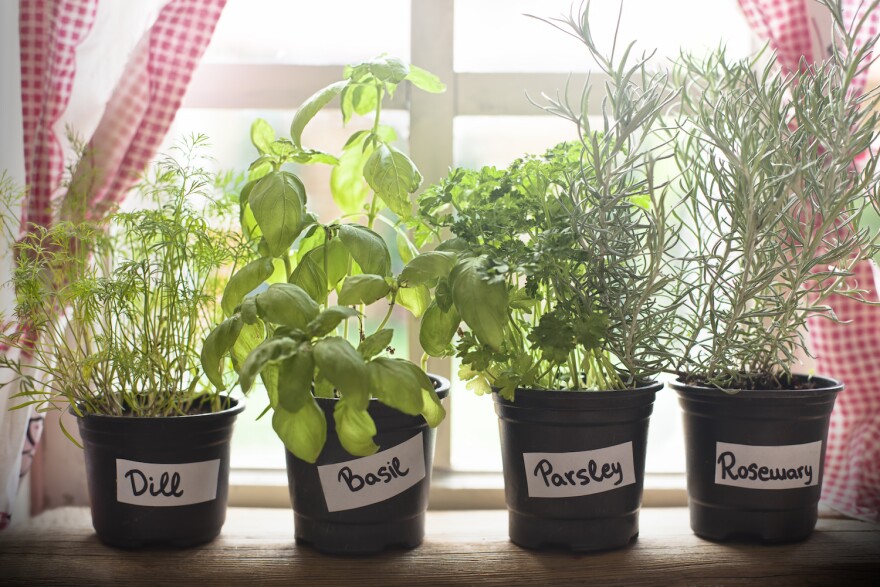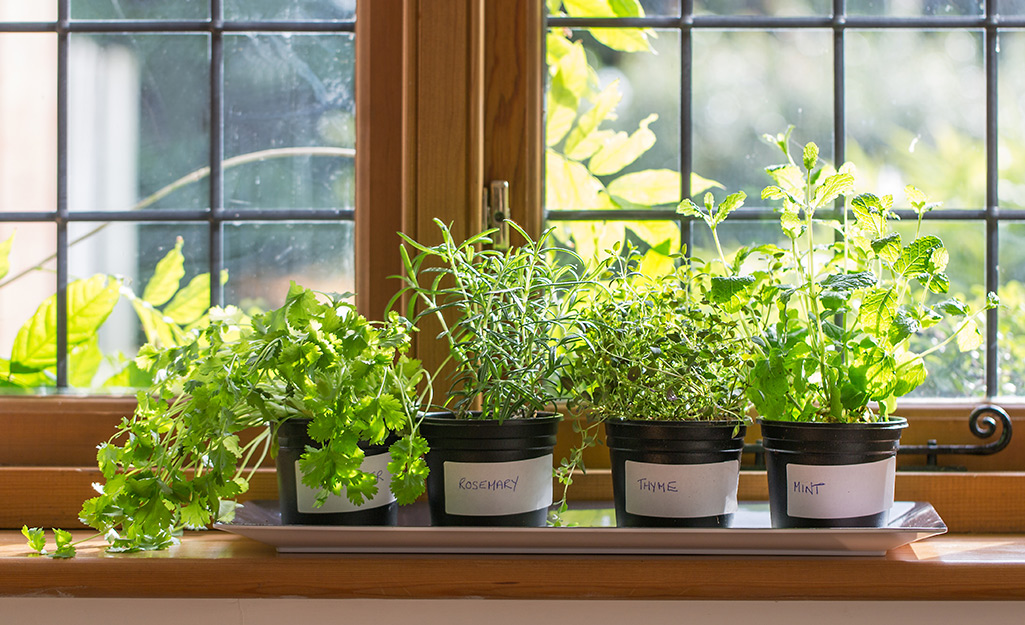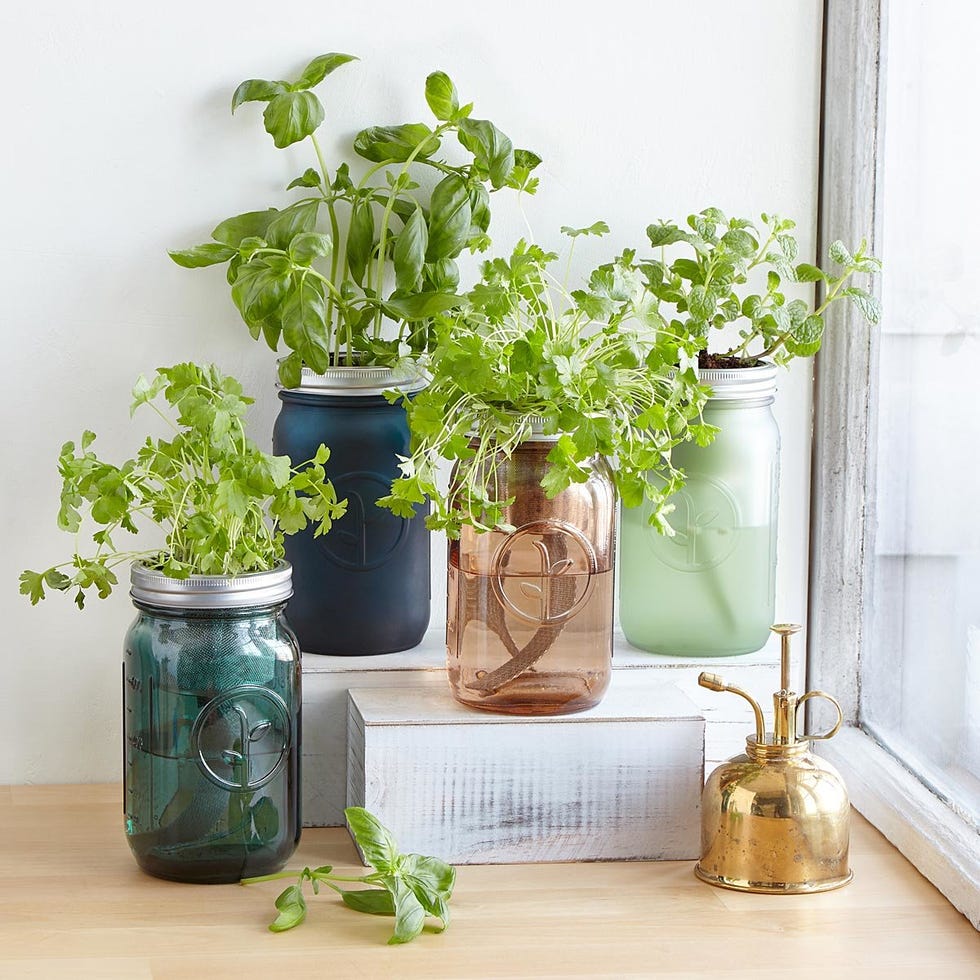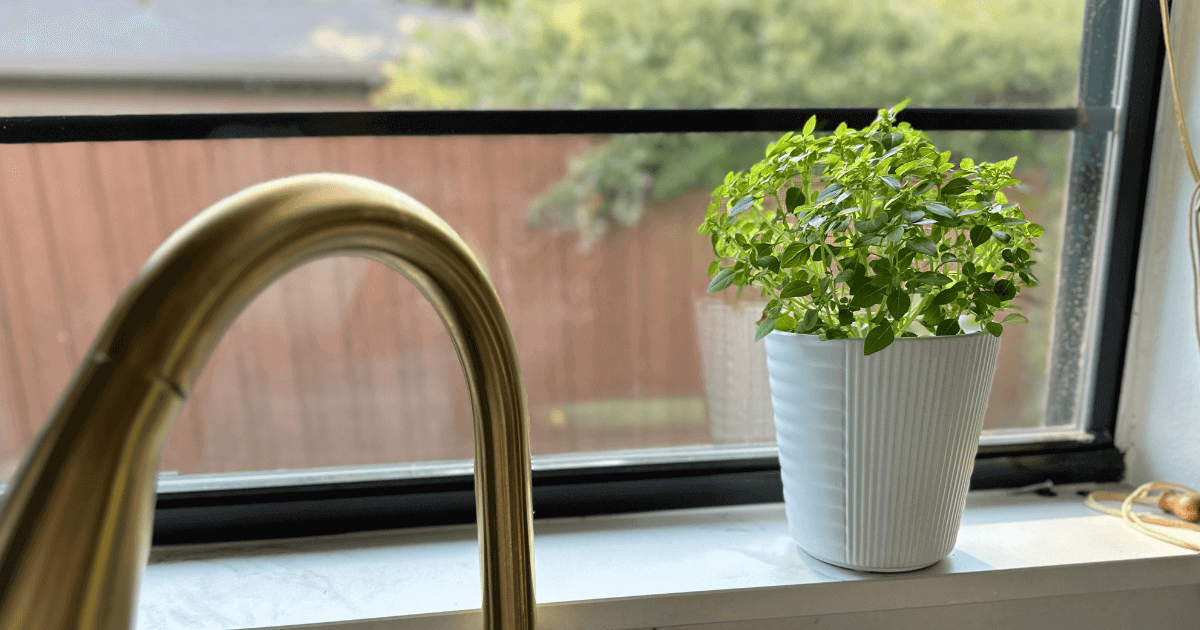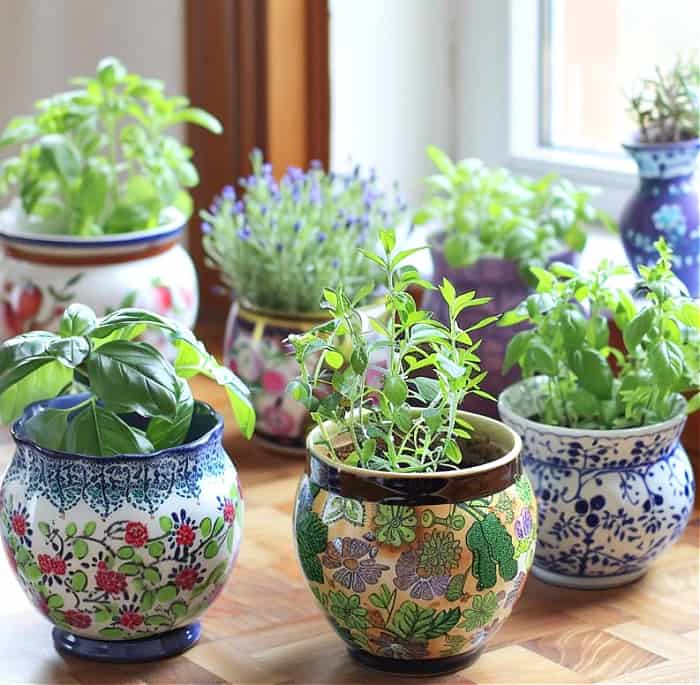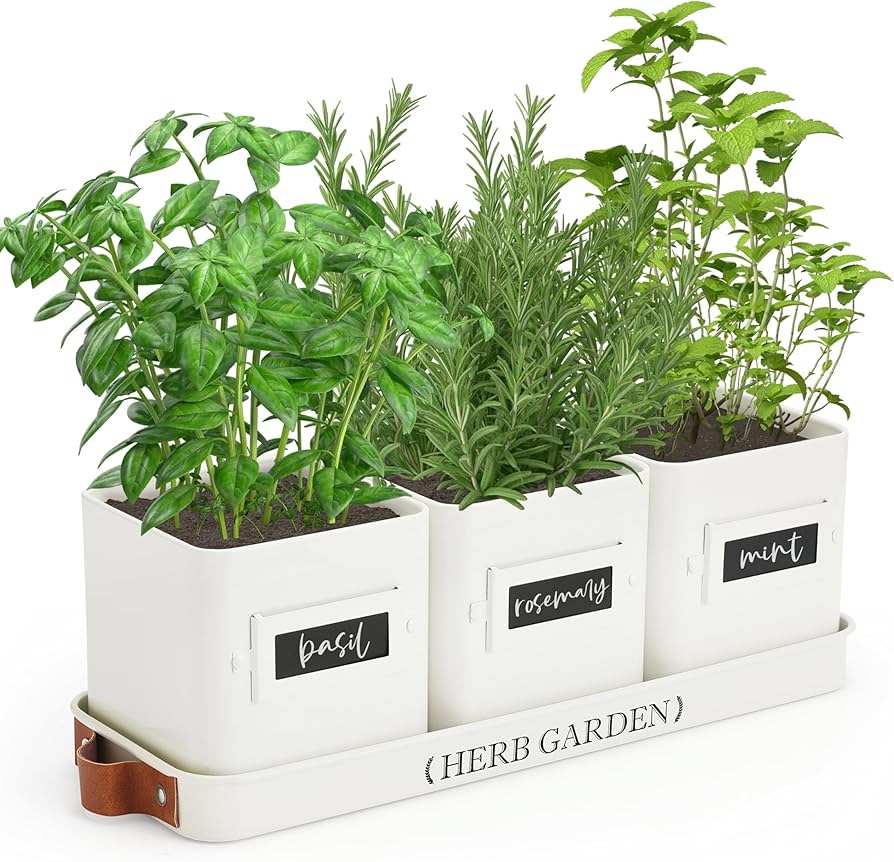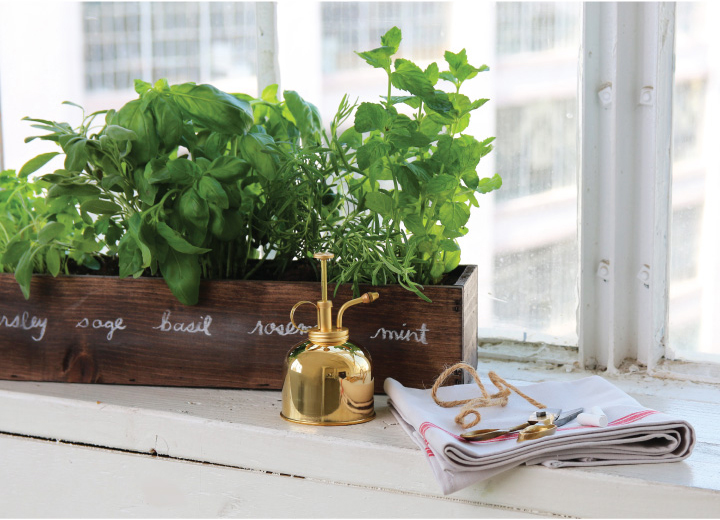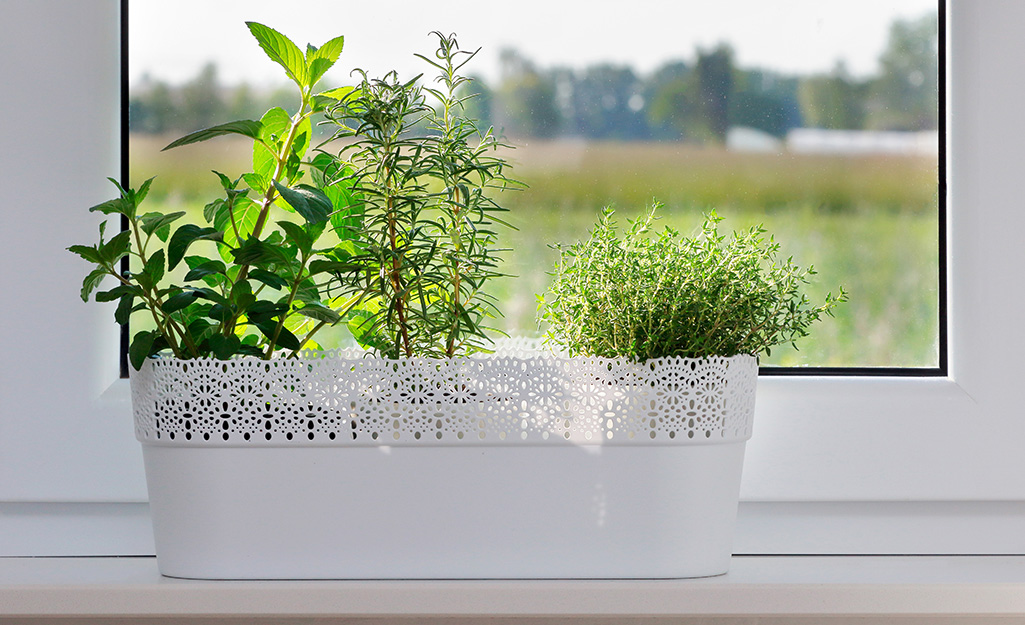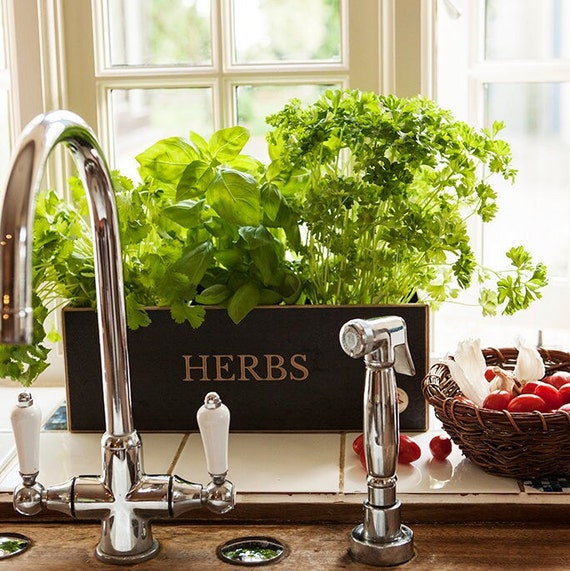Prevention: The Best Pest Management
Healthy herbs resist pests naturally. Provide adequate light, proper watering, good air circulation, and avoid over-fertilizing, which creates tender growth attractive to insects. Inspect new plants thoroughly before bringing them near your established herbs, and quarantine them for a week if possible. Clean tools, pots, and surfaces regularly to prevent disease and pest establishment. These simple habits prevent most problems in Canadian indoor herb gardens before they start.
